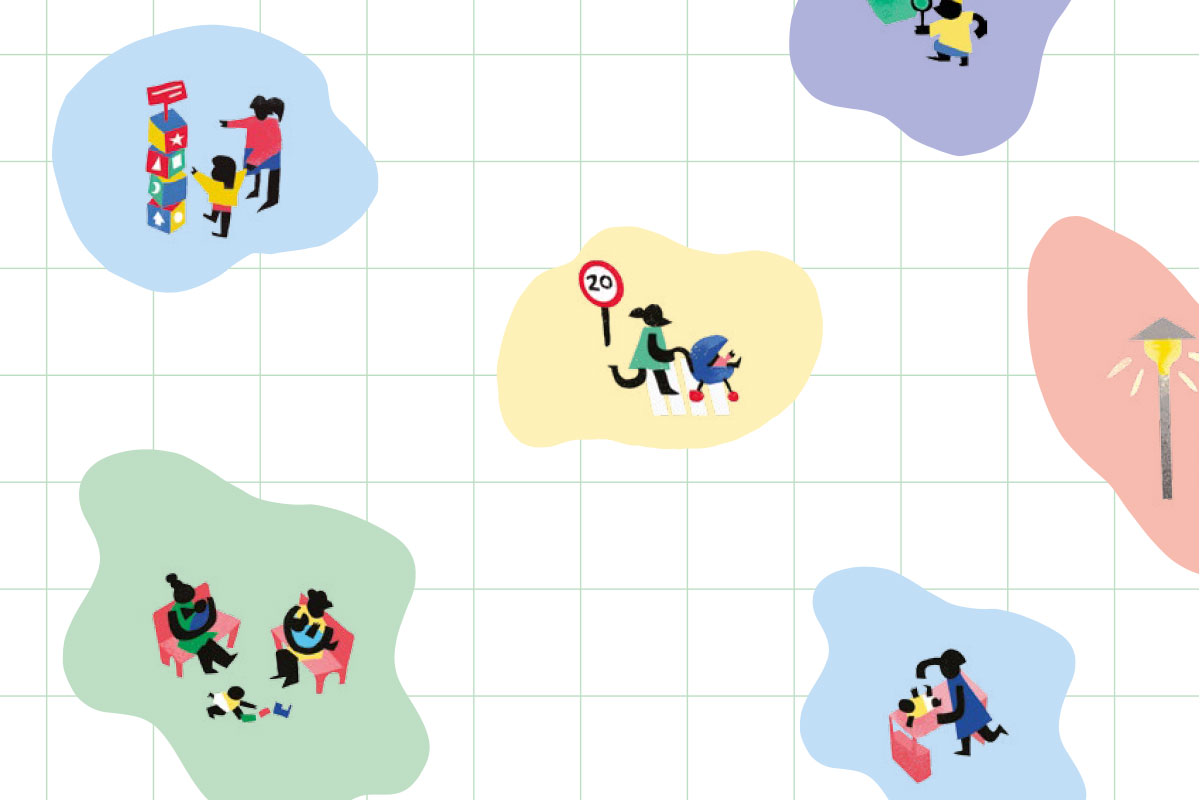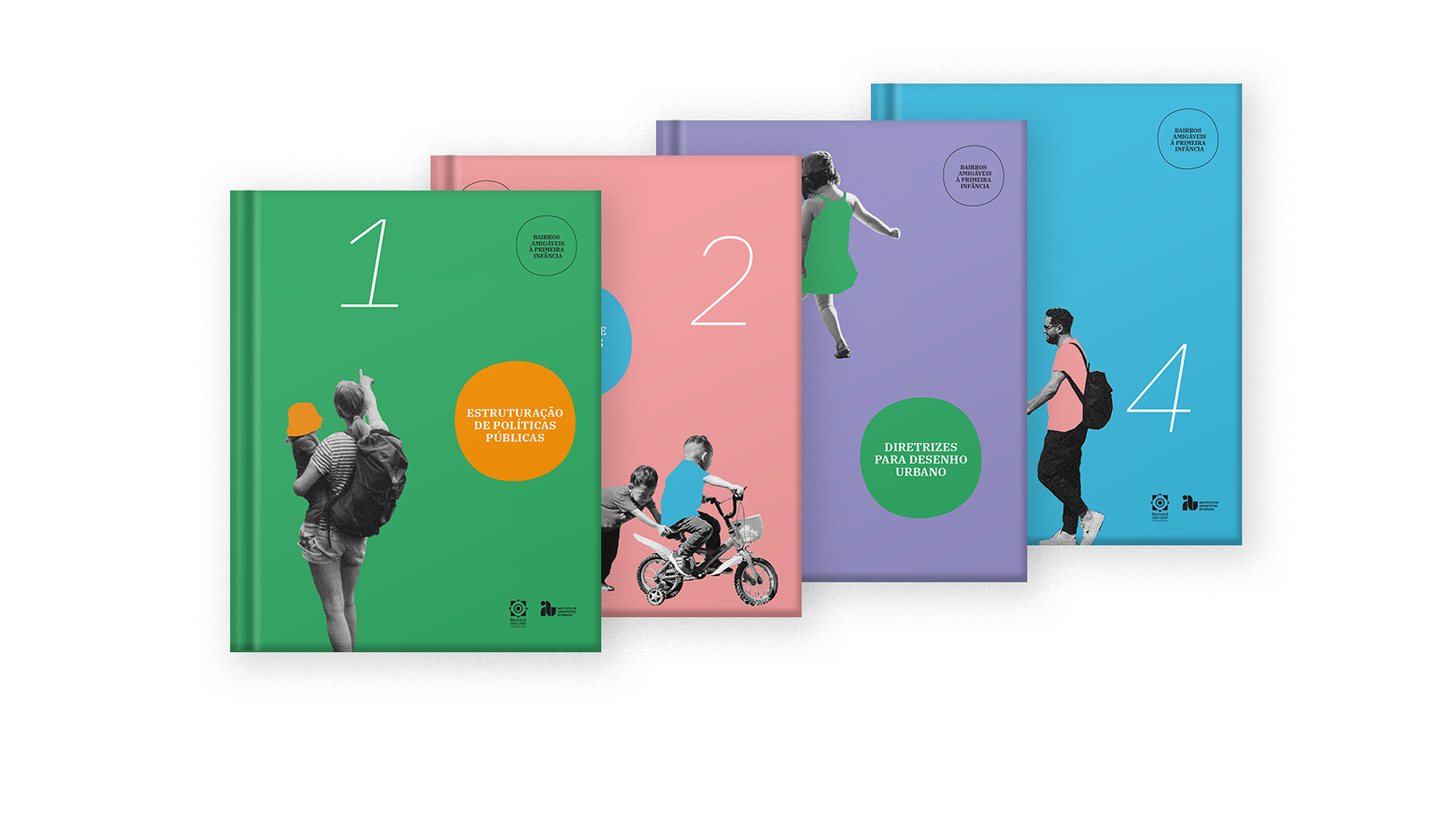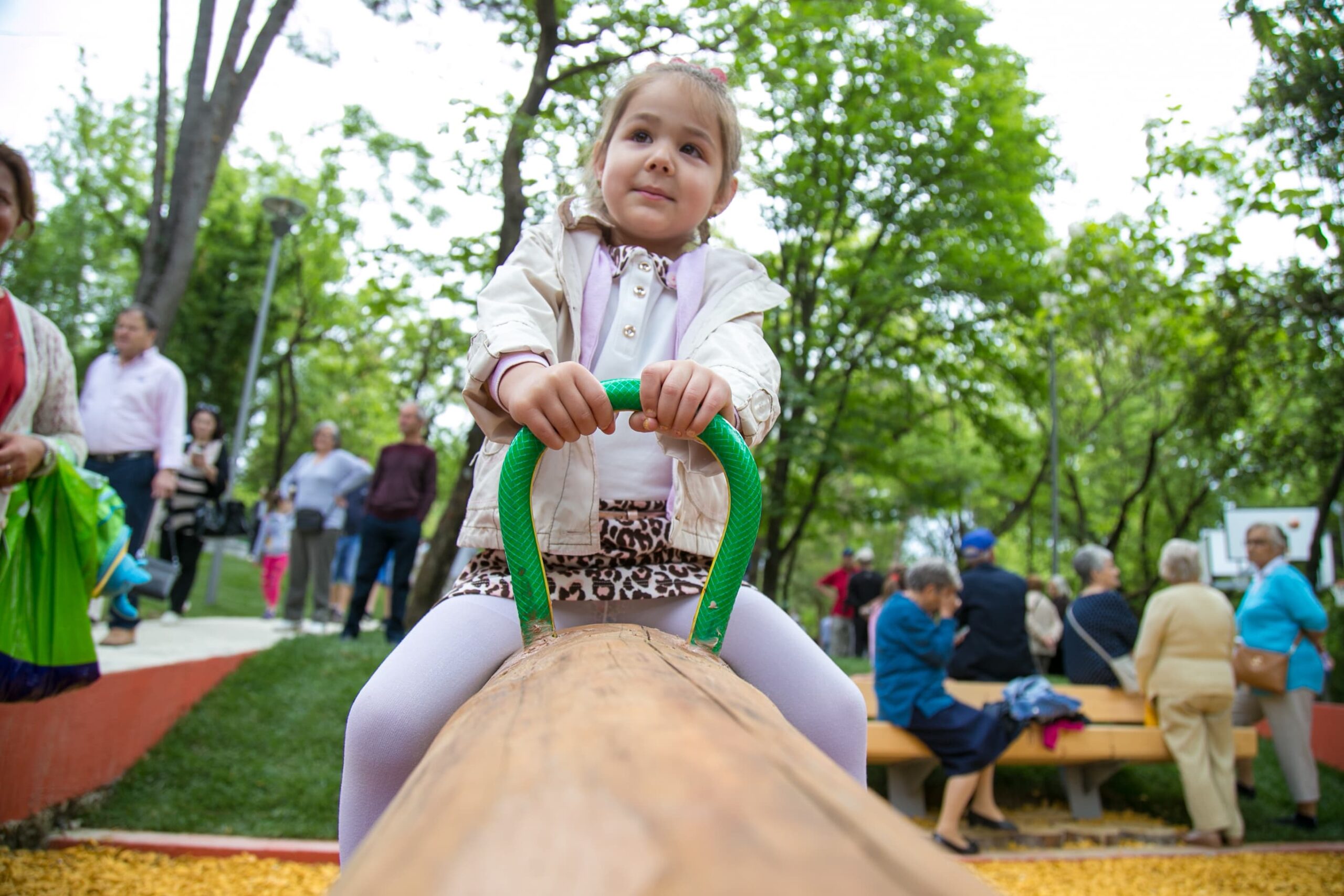These four guidelines offer tools and knowledge for urban planners to include the perspective of early childhood and their carers in the planning, urban design and management of neighbourhoods.
Guide 1: Structuring Public Policies
This guide provides information on the requirements of babies, toddlers and their caregivers in a neighborhood plan. It outlines the five objectives that need to be achieved to create an Early Childhood Friendly Neighborhood (BAPIs): safe, green, free, accessible, playful and inclusive.
Guide 2 – Handbook of Public Policies
The aim of this handbook is to present an overview of public policies and materials in order to promote urban design and interventions aimed at Early Childhood in the country. It extracts and combines elements from each of these channels to provide legal and technical support for the practice of developing BAPIs.
Guide 3 – Urban Design Guidelines
This guideline show how to achieve the objectives set out in the above guidelines, Handbook of Public Policies.
Guide 4: Indicators for Monitoring
This guide provides urban managers and technicians with a set of methods and indicators for the spatial qualification strategies presented in the Urban Design Guidelines. It ensures they have sufficient elements to measure the results of interventions when implementing BAPIs in their cities.
This research was undertaken on behalf of the Foundation by Instituto de Arquitetos do Brasil (IAB).
 Report
Game as a Tool – Good Urban Planning Practices for the Early Childhood
Report
Game as a Tool – Good Urban Planning Practices for the Early Childhood

